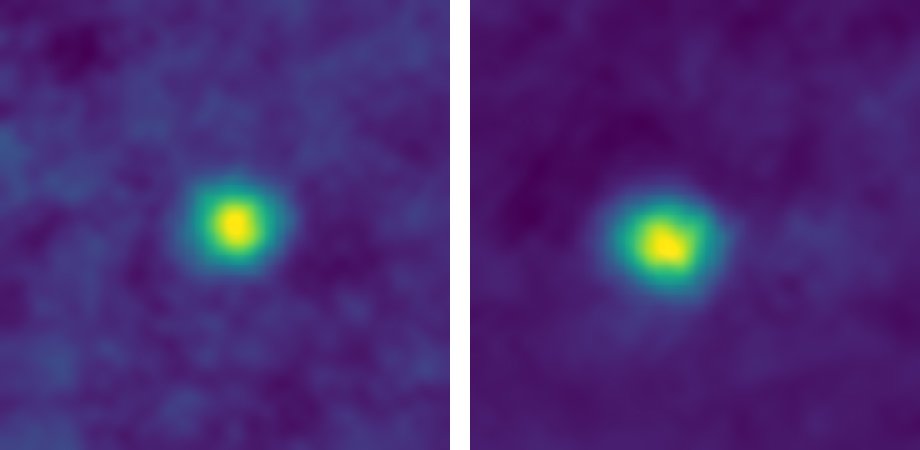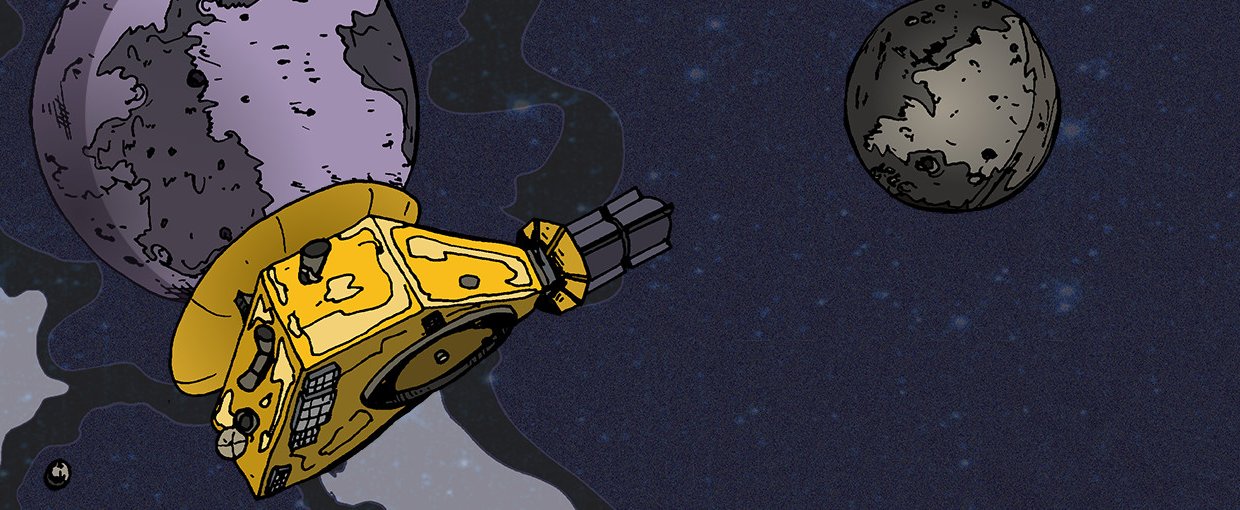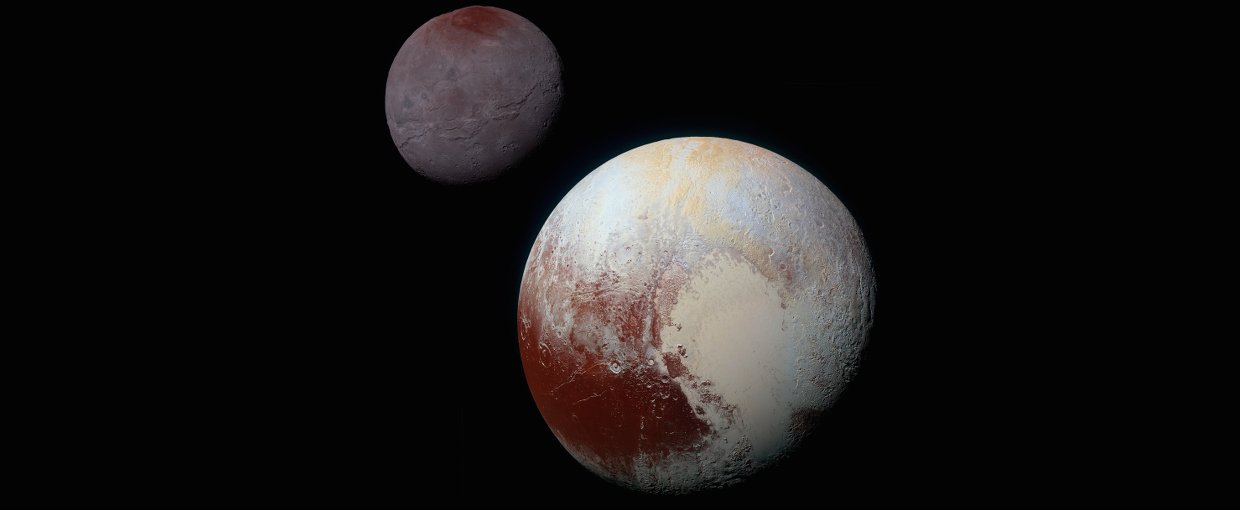
20th Meeting of the NASA Small Bodies Assessment Group: Early Career Opportunities
NASA’s Small Bodies Assessment Group (SBAG) is planning to offer limited U.S. travel support for early career scientists to participate in the SBAG 20 meeting, to be held at the Lunar and Planetary Institute (LPI) on January 29-31, 2019. Interested students, postdocs, and other early career scientists (within 5 years of Ph.D./M.S./B.S.) should submit a letter and a CV to SBAG Early Career Secretary Hannah Susorney (hsusorney@eoas.ubc.ca) by COB (5 pm Eastern time) November 21st 2018.

December 2017 false-color images of KBOs 2012 HZ84 (left) and 2012 HE85 are, for now, the farthest from Earth ever captured by a spacecraft. They're also the closest-ever images of Kuiper Belt objects.Image credit: NASA/JHUAPL/SwRI.
Included in the letter, which must not exceed 2 pages, should be a demonstration of financial need and an explanation of how the applicant’s work relates to the purposes of the SBAG. The letter and CV should be combined into a single PDF document for submission by e-mail attachment. Recipients of travel support will be expected to give a short presentation (~10-15 minutes) of their SBAG-relevant work at the SBAG 20 meeting.
Lightning Talks/Poster Session: We are providing time on the agenda for early-career scientists and engineers present at the meeting to introduce themselves and their research to the community in a 3-minute presentation. If you are interested in participating in lightning talks, please contact the early-career secretary Hannah Susorney (hsusorney@eoas.ubc.ca) before January 18th 2019 to secure a spot.
More funding opportunities can be found on the Funding page at:
https://astrobiology.nasa.gov/funding/

